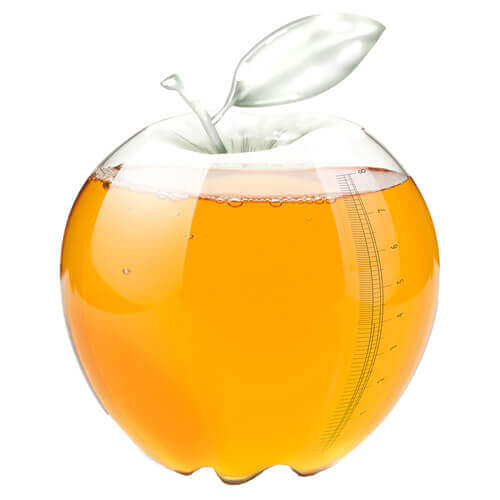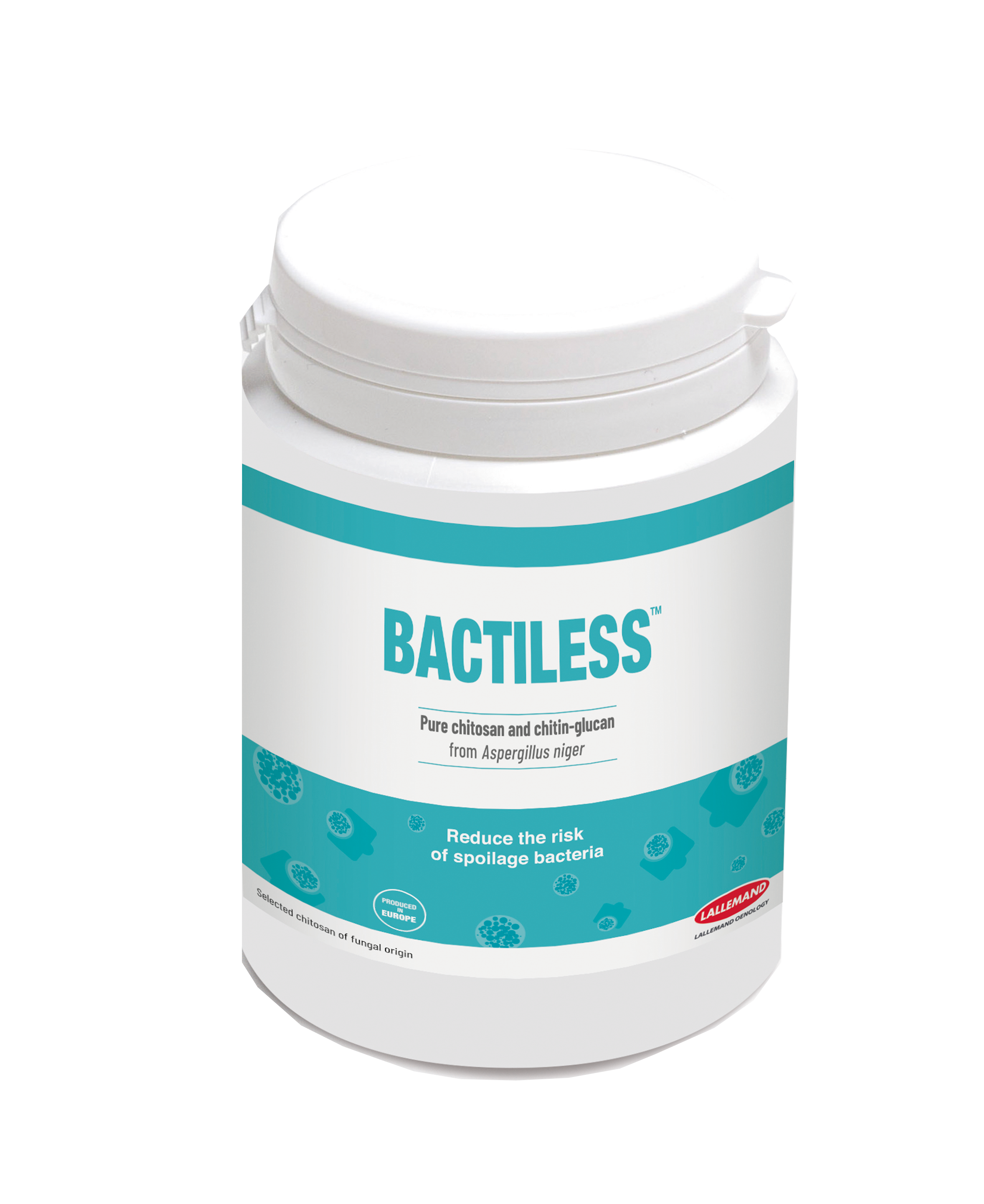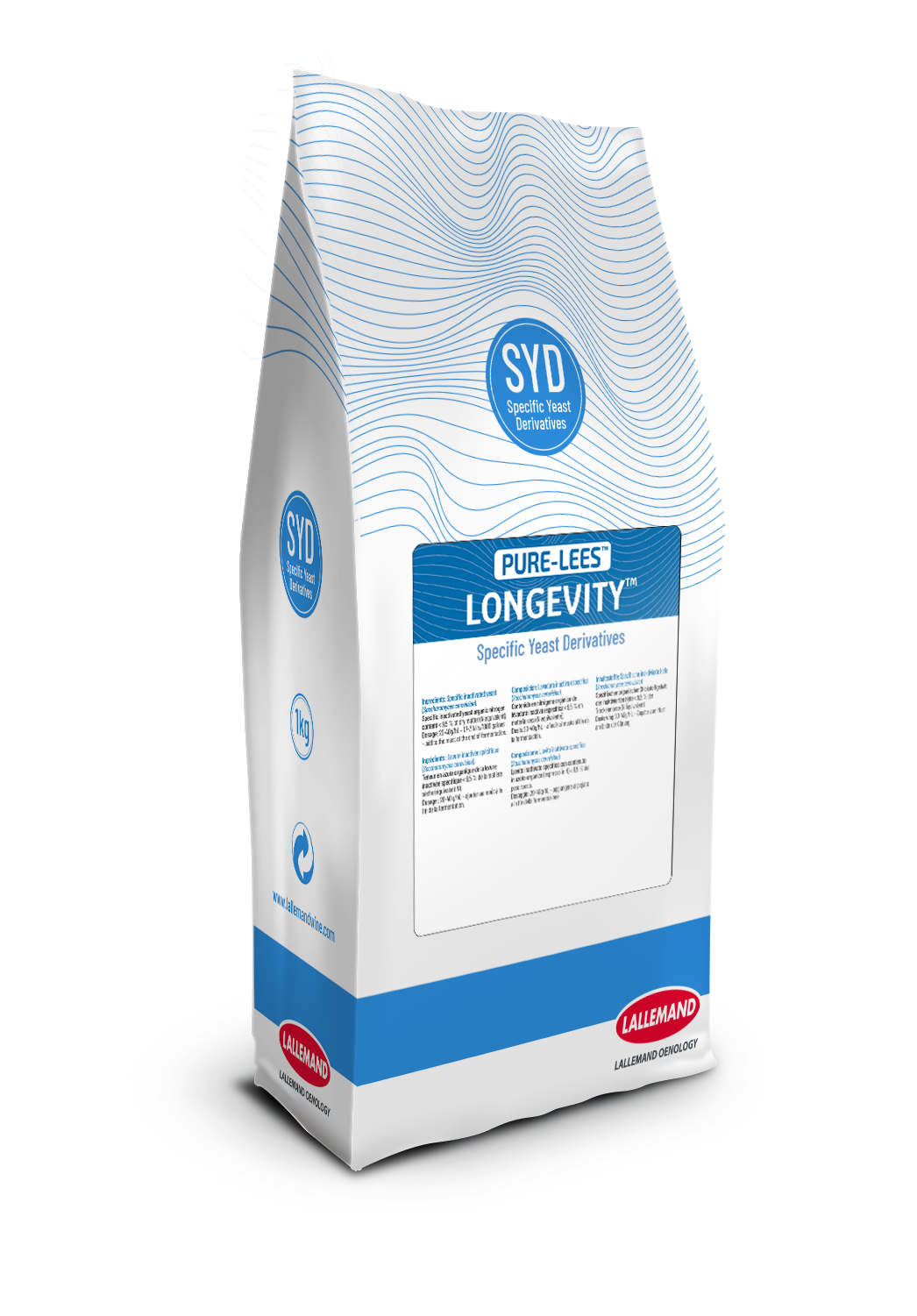Cider Postfermentation
Oxidation & Microbioligical Management


Step 3
Maturation
Several months, Choice of storage vessel
Blending
Blending of different ciders, Balance and complexity, Cider differentiation
Stabilisation
Filtration or centrifugation
Bottling
Where we step in
is a 100% natural, non-allergenic form of chitin-glucan from a non-GMO strain of Aspergillus niger which has been formulated to help control bacterial populations postfermentation. BACTILESS™ helps to lower the viable acetic acid and lactic acid bacterial populations, while having minimal effect on active yeast populations.

is a specific inactivated yeast developed in collaboration with INRA Montpellier in order to provide a tool for a very gentle fining and oxidation protection. As soon as alcoholic fermentation is complete, cider becomes very sensitive to oxygen. Oxidation mechanisms are responsible for the loss of fruit aromas and the appearance of heavy notes. PURE-LEES LONGEVITY™ relies on a high dissolved oxygen consumption capacity.

Previous Step 2
